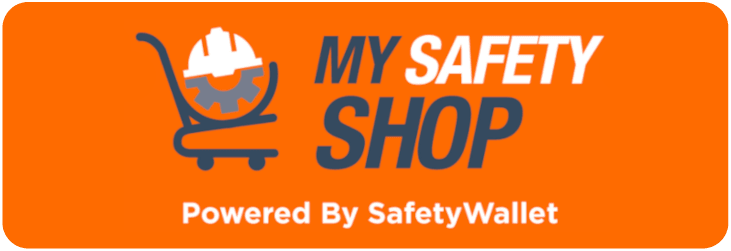Safe Operating Procedures should be put together for workplaces. This aids workplaces to function in an organized fashion. Also known as Safe Work Procedures, these are documented safety guidelines for procedures and tasks to ensure activities in the workplace are conducted safely. All activities must abide to these guidelines. Without these protocols, incidents and injuries would be the order of the day.
Before Safe Operating Procedures can be implemented, the following steps have to be taken:
- Identify the hazards and the risk associated with them - Risk Assessment
- Evaluate the hazards involved when performing a task
- Establish what personal protective equipment is required,
- Document the steps required so that an activity is completed without any incidents.

The importance of Safe Operating Procedures is that they provide the tools for teaching employees how to work consistently. They also guarantee a maximum degree of efficiency and safety. The Safe Operating Procedures also help in the development of a Risk Management Program and enhance your existing safety program.
These Safe Operating Procedures are for sample purposes to be used when you are developing procedures specific to your organization. They also educate employees on what, when and how to perform their duties without risking their lives and that of others.
Checklists for Safe Operating Procedures vary from one premise to another as they do from one company to another. Hazards and safety issues differ per industry and location. Every company should do a Risk Assessment to evaluate the hazards and risks associated with its premises, products and activities. This will enable them to draft and implement effective Safe operating procedures.
MAKROSAFE has compiled extensive documentation on general Safe Operating Procedures. This valuable information is offered via our My Safety Shop at discounted prices to all its clients who subscribe for any of the SafetyWallet Circles.
This information will assist you to implement the best safety procedures for you premises and according to the nature of the business.
For all your Health and Safety needs like SHE Audits, SHE Risk Assessments, SHE Training, listed SHE products, FREE Downloads and much more, visist our My Safety Shop by clicking on the image below:
MAKROSAFE / SAFETYWALLET / MY SAFETY SHOP are all in Partnership.
Examples of Safe Operating Procedures
- Regular updating of work policies and instructions
- Guaranteeing instructions and procedures are displayed where necessary
- Ensuring that instructions and procedures are clear and well understood
- Implementing pre-shift meetings to endorse the importance safe working practice into the minds of employees
- Empower employees to report any potential hazards, hazards, near misses they come across
- Ensure induction training is provided to all new employees in the workplace
- Ensure you display do's and don't's checklist in the workplace and constantly remind employees of consequences when not abiding
- Ensure shifts take place under the supervision of a designated person
- Provide regular refresher training for all employees
- Train about indications of protocols to be followed in case of an incident or emergency
- The regular conducting of fire drills and evacuations to establish if employees are well informed of steps to take
- Ensure all employees are aware of (the location of) vital services in the workplace e.g. fire siren, fire equipment, first aid kit, emergency exit.
These Safe Operating Procedures are generally applicable for any facility but care facilities especially health care and children-care facilities have unique safe operating procedures.
We have created a bundle of Office Environment SOP's as a free download, CLICK HERE
Safe Operating Procedures briefly describe the steps to be taken to avoid the worst-case scenario we fear. Rather give things a thought and write down the correct actions, than having to find out by trial and error.

.jpg)

Leave a comment